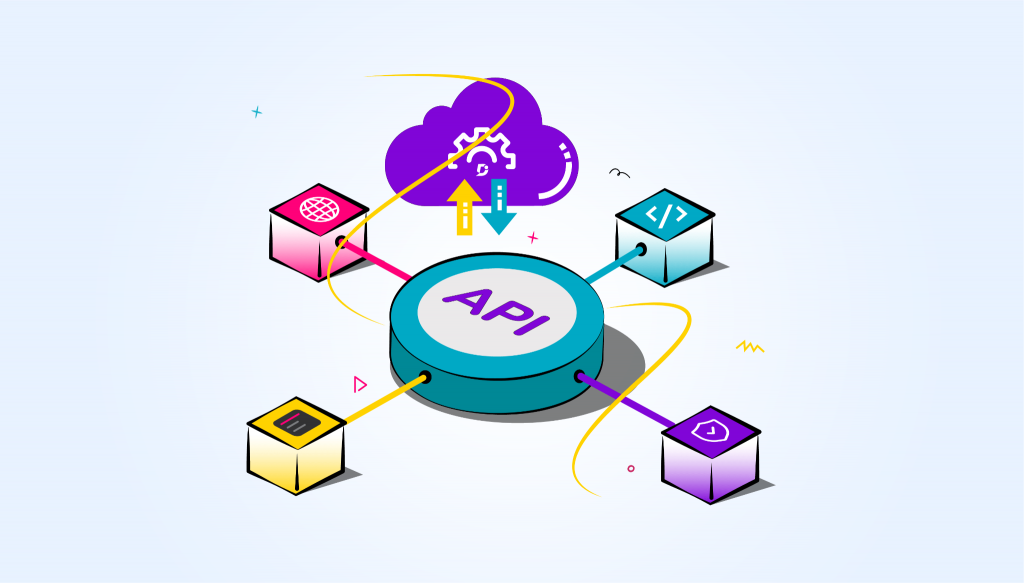New Features
Call Center/Users Orders Land as Pending
Orders entered by users with the role of “Create New Order” will now land in a “Pending” status in the POS system. This is designed to give call centers more control over new orders before they are finalized.
Role-Based Order Management: This feature specifically targets call center operations, allowing them to review and approve orders before they progress to the next stages of processing.
Enhanced Order Review: By setting new orders to “Pending,” call center staff can ensure that orders are accurately reviewed and processed, reducing the risk of errors and improving overall order management.
Benefits:
- Improved Order Control
- Streamlined Workflow
- Efficient Review Process
Manual Discount Amount/Percentage
Merchants can now enter a discount amount or percentage manually while punching in orders. This allows for immediate adjustments to the total order value based on specific needs or promotions.
Streamlined Order Processing: The ability to apply discounts directly during order entry simplifies the workflow, reducing the need for post-entry adjustments and ensuring that discounts are accurately reflected at the point of sale.
Benefits:
- Enhanced Customization
- Improved Efficiency
- Accurate Pricing
Daily Inventory Starting/Closing
Merchants with inventory management roles must upload the closing inventory for the previous day before they can punch new orders. This ensures that the inventory data is up-to-date and reflects the actual stock levels at the end of each day.
Starting Inventory Requirement: In addition to the closing inventory, users are also required to upload the starting inventory for the current day. This step is crucial to maintaining accurate records of stock levels throughout the day.
Order Punching Restriction: If the required inventory data is not uploaded, the system will restrict the user from punching any orders. This feature enforces compliance with inventory management protocols, ensuring that stock levels are accurately recorded before sales transactions occur.
Benefits:
- Enhanced Inventory Accuracy
- Improved Stock Management
- Compliance and Accountability
Dashboard Update – Vital Signs
This update delivers essential performance metrics and key indicators, providing users with an insightful overview of their operations.
- Average Basket Size:
Description: Displays the average value of orders placed by customers
Purpose: Helps in understanding purchasing behavior and adjusting strategies accordingly. - Average Daily Orders:
Description: Shows the average number of orders processed per day.
Purpose: Provides insights into order volume trends and helps in operational planning.
APIs for Integration with ERPNext
This integration is designed to streamline data synchronization between BlinkPOS and ERPNext, enabling seamless management of key operational components.
Item Master API:
- Description: Allows synchronization of item master data between BlinkPOS and ERPNext.
- Purpose: Ensures that item details such as names, descriptions, and pricing are consistently updated across both systems.
Customers API:
- Description: Facilitates the transfer of customer data between BlinkPOS and ERPNext.
- Purpose: Maintains up-to-date customer information, including contact details and order history, across platforms.
Orders API:
- Description: Enables the synchronization of order data from BlinkPOS to ERPNext.
- Purpose: Ensures that all orders processed in BlinkPOS are accurately reflected in ERPNext for comprehensive order management and tracking.
Orders Summary with Parameters API:
- Description: Provides summarized order data with configurable parameters.
- Purpose: Allows for detailed reporting and analysis of order trends and metrics, supporting informed decision-making.
Time Filtration API:
- Description: Supports filtering data based on specified time ranges.
- Purpose: Facilitates the retrieval of data within specific timeframes, enhancing reporting accuracy and efficiency.
Shift Agent Search API:
- Description: Allows for the search and retrieval of shift agent information.
- Purpose: Provides access to shift-related data, including agent details and shift timings, for operational management.
New Updates
Customer Name & Token Number on KOT for Delivery Orders
The Customer Name and Token Number on KOT for Delivery Orders update is designed to streamline order identification and improve operational efficiency in both the kitchen and delivery processes.
Key Features:
- Customer Name on KOT:
- Description: The customer’s name is now printed directly on the Kitchen Order Ticket (KOT) for delivery orders.
- Purpose: Helps kitchen staff easily identify which order belongs to which customer, reducing confusion and improving accuracy in order preparation.
- Token Number on KOT:
- Description: A unique token number is printed on the KOT for delivery orders.
- Purpose: Provides a quick reference for delivery staff to match the correct order with the right delivery, ensuring smoother and faster order fulfillment.





